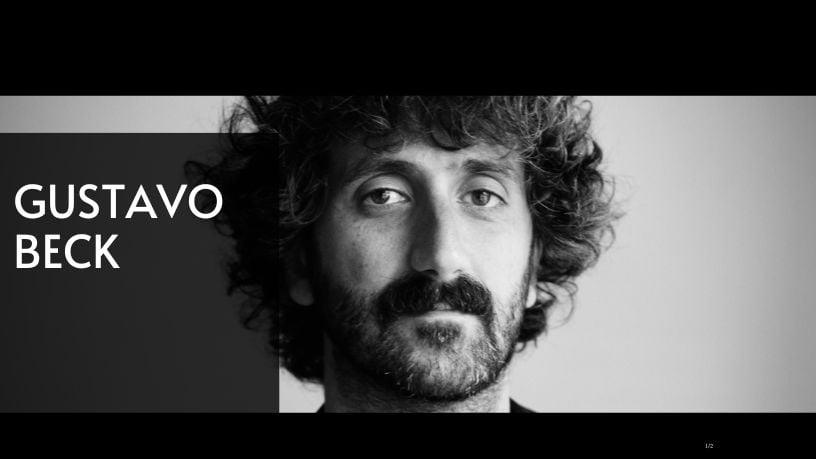Are you interested in cinema? So you certainly have an interest in unraveling some of the magic of the seventh art. According to curator Gustavo Beck, the art of cinema is the result of the union of a wide range of narratives, which includes visual and narrative elements, for example.
Among these elements, photography is an activity that has high importance in creating projects and cinematic experiences impactful and memorable. If you are interested in learning more about how photography influences the narratives of cinema, continue reading this article and stay on top of the topic, discovering a little more about the incredible skills that involve the creation of audiovisual works.
The power of moving images
Cinematic photography is a process that goes far beyond simple static images, but it is also the ability to tell stories through a succession of frames that come to life on screen, providing an engaging visual experience.
In this context, as explained by director Gustavo Beck, film photography involves the careful and creative choice of color palettes, scene composition and lighting that will be used in each take, the tone and atmosphere of a film. From the vibrant warmth of a romantic scene to the coldness of a thriller, each visual choice has high importance to the narrative.
Construction of characters through photography
The way the characters are framed and illuminated can convey psychological and emotional nuances within a film. Thus, as Film Programmer Gustavo Beck guides, photography has the power to reveal subtle details and loaded with meanings, allowing viewers to immerse themselves in the complexities of the characters and the story that surrounds them.
Photography as a narrative element
You know those scenes without dialogue that don’t focus on the conversations of the characters? According to programmer Gustavo Becker, they can often present landscapes or even the characters themselves at specific moments in the narrative.
Known as “visual shots”, these scenes are a powerful way of telling stories only through the image, making photography, in these moments, assume the main role in the progression of the narrative, so that it must be produced with great attention to detail in order to convey the emotions and impacts necessary to the scene.
The visual identity of film productions
Another interesting point about the influence of photography in cinema is the fact that great filmmakers often collaborate with specific cinematographers to develop a unique visual identity for their projects. The photographic signature can make a film immediately recognizable and impactful to the public, conquering it mainly through the images he carries, according to director Gustavo Beck.
The visual metaphors
In addition to these aspects already mentioned, photography also allows filmmakers to incorporate visual metaphors in the narrative. These symbolic and visual elements can add several layers of meaning, challenging viewers to interpret the story more deeply through scenes that can be surreal or fanciful, for example.
Photography as a tool for temporal progression
As cinema expert Gustavo Beck explains, the manipulation of photography, either through editing techniques or the innovative use of cameras, can create temporal effects that contribute to the progression of the narrative. Time jumps, flashbacks, plot perspective changes and other projections are visually striking thanks to carefully planned photography.
Film awards that consider photography
Knowing some of these meanings that photography carries, it makes perfect sense that films are often recognized and awarded for their achievements in photographic direction. As highlighted by Film Curator Gustavo Beck, the category of Best Photography in several awards around the world highlights the importance that this art plays for the construction of outstanding films and audiovisual projects.
Finally, as the film director Gustavo Beck concludes, photography is more than an aesthetic element in cinema, but it is also a language of its own that tells several stories without words. By understanding the influence of photography on cinematic narrative, it is possible to appreciate even more the magic of cinema and the ability of filmmakers to transport viewers to imaginary worlds through moving images.




